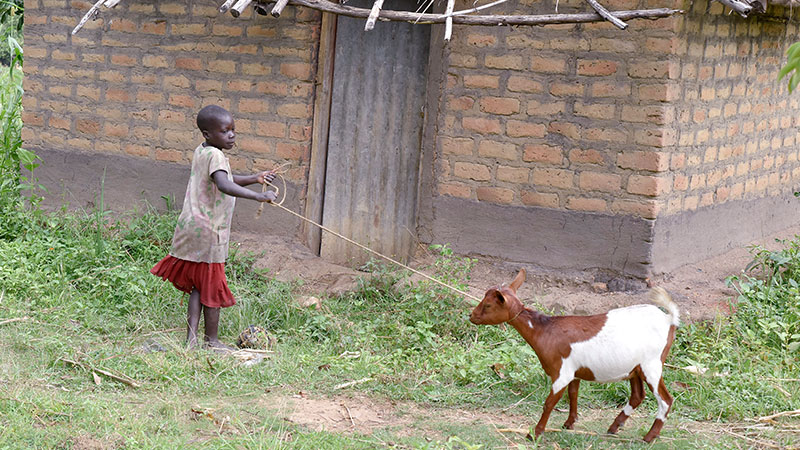Getting a girl on a random visit to this West Nile district of Terego was akin to chasing a wild deer for its safety from the fangs of the youthful lion.
It was a very hard day for Aseru Sharon the 8-year-old girl but a wonderful day and a blessing for the community and the Bravo Shoes Community Team.
Fast backward, as the team embarked on the long journey to West Nile, it started as a normal day but with a twist of events along the way including taking a divergent route away from the recommended route that goes through Murchison Falls National Park.
As the clock ticks, we embark on a 9-hour-long journey to Arua, a strategic position for our plans to storm the Terego district to execute our mission.
We were advised to take the Masindi- Packwach- Arua route through Murchison National Park, a fine road instead of the usual Hoima-Masindi-Kigumba-Bweyale-Karuma-Pakwach-Nebbi-Arua which is under construction.
From Kampala, it takes approximately 4-6 hours (305 km) to drive to Murchison Falls National Park headquarters at Paraa (85km from Masindi). The most direct route to Murchison National Park from Kampala is through the southern gates (Kichumbanyobo and Masindi South Gate).
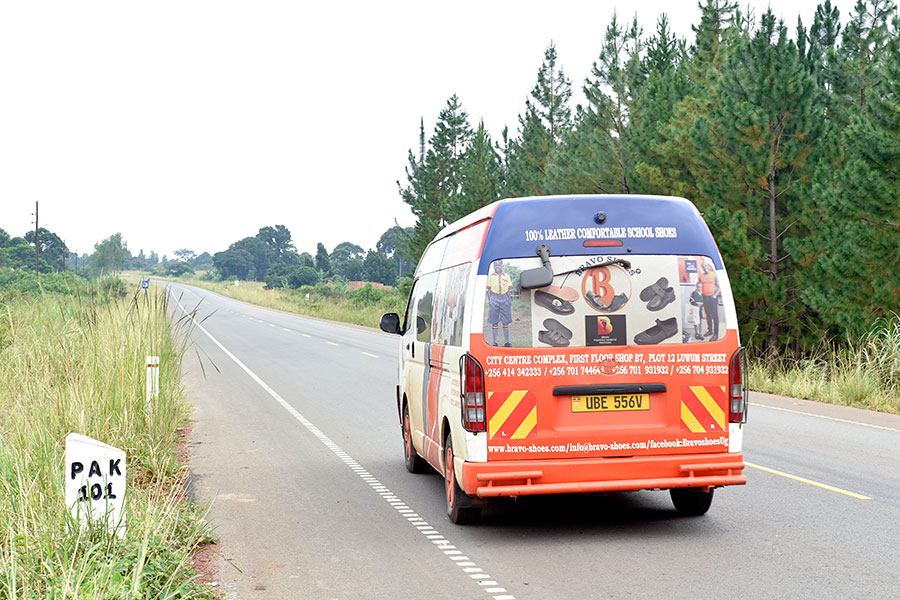
Before we could embark on this new route recommended, nature forced us to stop at the popular junction in Masindi after River Kafu to grab something to eat still in the morning hours. We were not alone……
After reaching Kichumbanyobo and Masindi South Gate, we had to pay some fees to access Packwach through the national park.
On this smooth drive in Murchison Falls Park, you can see an abundance of wildlife such as large herds of buffaloes, giraffes, elephants, lions, elusive leopards – at times, Spotted Hyenas, Warthogs and many antelopes, such as Jackson’s hartebeest, Bushbucks, Uganda Kob, Waterbucks, and the hippos at the tributaries of the Nile welcome you on entry to Packwach among other amazing creatures.
Murchison Falls National Park is simply a great place to explore especially if you have a few days – it gives you a chance to see so much in a very short time.
The green savanna and these animals are amazing to look at, the families of baboons are spotted along the way in territories seated in family meetings.
The gigantic elephants and giraffes with their little ones spotted along the way come out from their hidings enjoying dinner and warthogs take the expediting mission watching over strangers looming over their territories every day.
Game drives last for about 2 and a half – 3 hours in length but you have the option to either keep it shorter as long as your entry permit is still valid.
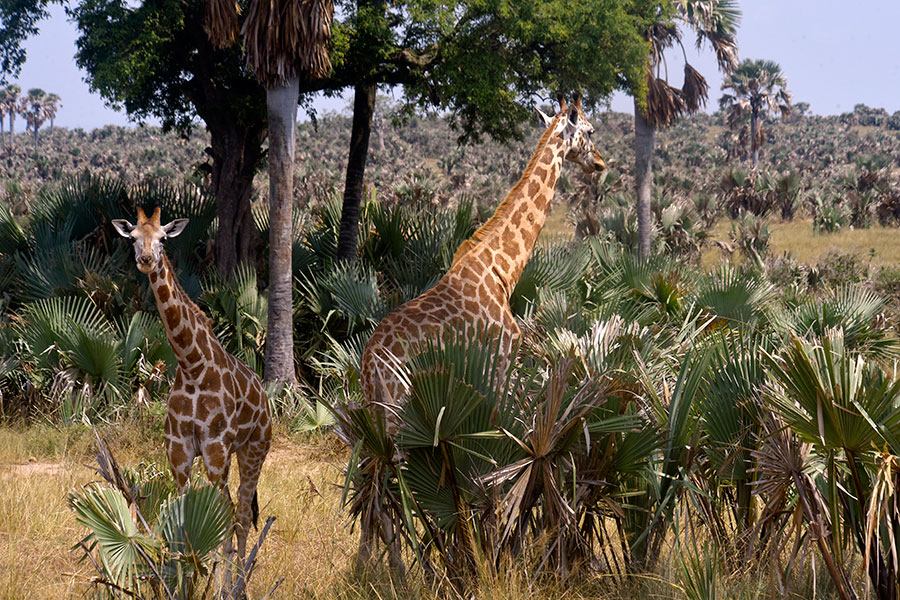
Packwach district is another marvel to watch, seated is a very long hot, green-less and flat terrain land with identical architectural visibility of fine-looking huts commonly called (manyatas).
From the left to the right, the architecture was the same and their enemy appears to be the same, in this climatic threat condition, they still cut down trees to burn charcoal to survive and this looks to be the biggest export from this district.
We continued through Yumbe and Nebbi, and the journey was exhausting but we had to continue up to Arua where we finally had a stopover at Bambo Restaurant and Bar for directions to Terego where we were informed that we have to endure another 35 Km between Arua to Terego by road. Luckily, we get a guide, Papito!.
Before you reach Terego, Arua has its own story to tell, a booming city with vast opportunities for the entire West Nile region.
Transport solution to people is mainly open on cargo trucks, people risk sitting on top of trucks to access their work points.
According to Papito, these people flock from nearby districts every day to come and work in Arua, no wonder Arua city is a hub of opportunities with huge investments from the government and the private sector.
Located at the confluence of a trade route between Uganda, South Sudan, and the Democratic Republic of Congo, Arua City is a hub of trade and commerce with vast investment and tourism opportunities.
Arua City is one of the newest cities established by the Parliament of Uganda on 28th April 2020 as a Regional City for the West Nile sub-region and became operational on 1st July 2020.
It is bordered by the Democratic Republic of Congo on the west, Maracha District in the North, Terego District in the East, Arua District, and Madi Okollo District on the South and South East respectively.
Spotting Aseru Sharon
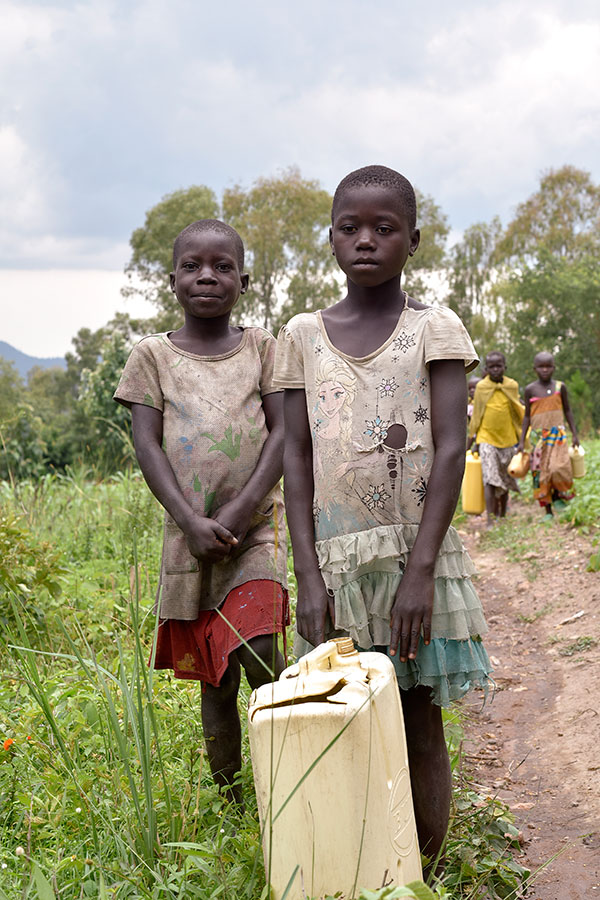 On hitting the dusty road from Arua as we were reaching Terego, a town call Aii-Vun, the same route reaches Yumbe, before the dust settles, we spot two young girls coming from fetching water, one of them sees the car and waves.
On hitting the dusty road from Arua as we were reaching Terego, a town call Aii-Vun, the same route reaches Yumbe, before the dust settles, we spot two young girls coming from fetching water, one of them sees the car and waves.
To their surprise, the car stops as they sense danger! their instincts were true, the Bravo Shoes Community Team seem to have identified a girl child from Terego. We quickly try to see where this girl was coming from.
The young girls run for their dear lives and all the water they fetched gets poured and the jerrycan gets spoilt. Very fast as they could, they live with us and we could only spot the traces of water until we reached their home.
Aseru’s grandmother Regina Azikulu was ready to defend her grandchild to the teeth, what would happen to her now yet she has been after taking care of her for the last 8 years without a single scar on her body.
Aseru has a mother but she was abandoned when she was 3 months old and never returned home, the grandmother said.
What changed the whole story, was the Bravo Shoes Support Team leader Yesigye Brian broke the news to the grandmother that Aseru is going to school until she finishes the university.
At this moment of time, the shy Aseru had smiles all over her and the story of her life has just started to change from taking care of goats at home to the regional representative of an empowered girl child in school.
The grandmother Regina Azikulu got some relief, out of the 8 (eight) grandchildren she takes care of as a peasant farmer in Terego, at least 1 (one) is going to attain a better education up to the unprecedented levels missing in the community.
However, we don’t know what is going on with her close friend Patricia Hope, a 10-year-old primary student.
We pray that someone outside there should come and rejoin these two children for a common purpose.
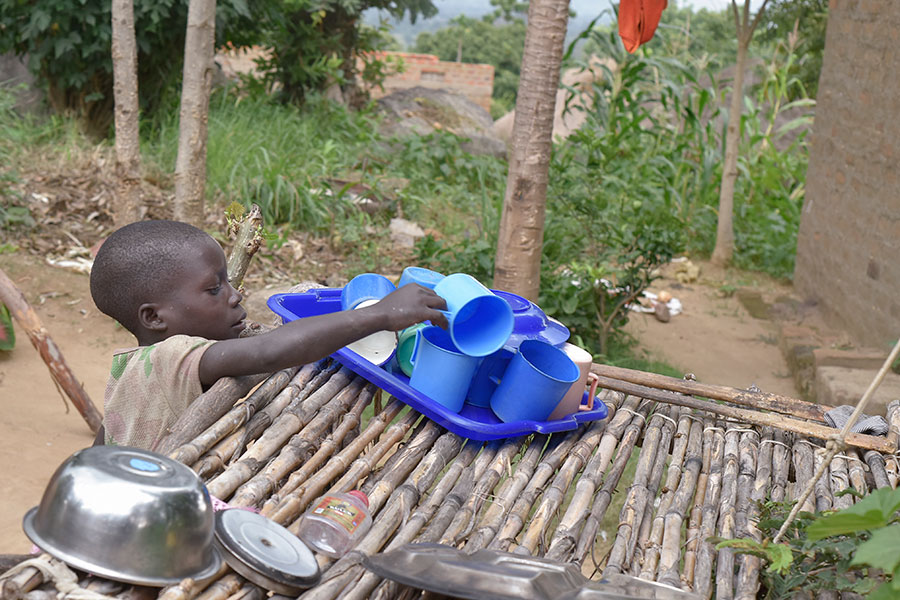
Earlier, the community got concerned and they raised eyebrows to the authorities. In fact, the area Youth Council Faiza Esizo called Officer in Charge (OC) to come and save the situation.
As the dust settled, Faiza and the elders commended Bravo Shoes Support Organisation for visiting their area and they wish they team could come back for more.
“Here the parents are not supportive, we are looking for partners to come and support the girl child. They look at the girl as a factory to grow tobacco. They can even raise money to buy scholastic materials,” she said.
A study of girls’ education by the International Center for Research on women in West Nile, reveals that the reasons for high dropout rates are much more complex than the commonly stated factors of child marriage and pregnancy.
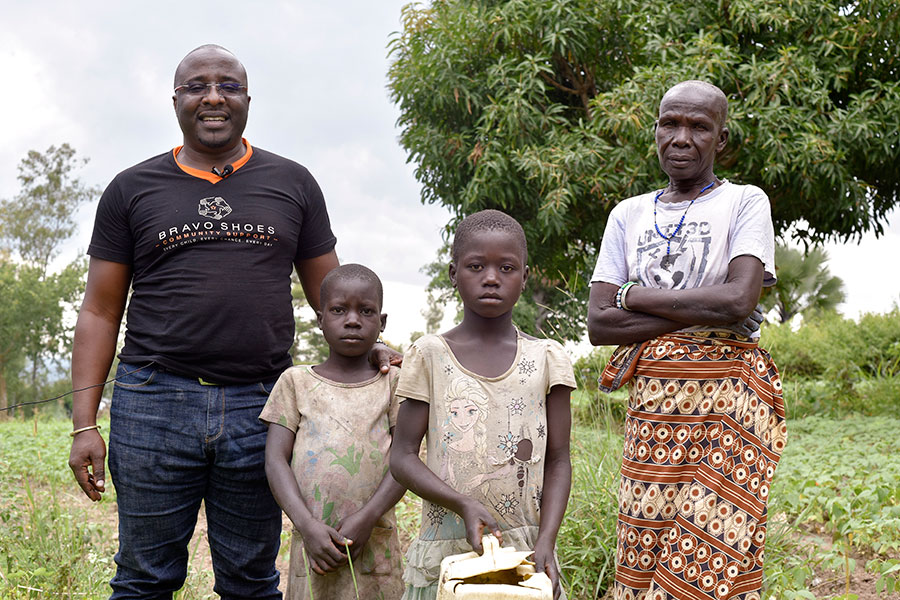
The research on Women and partner organizations interviewed over 800 girls aged 14-18 in the community on questions related to conditions in their homes, education opportunities, and gender roles.
The study revealed that 30 percent of the girls surveyed had left school. Even though 25 percent of girls surveyed had already had sex, less than 50 percent knew how to prevent pregnancy.
Terego is a district in Uganda’s Northern Region. It is located approximately 360 square kilometers (140 sq mi) northwest of Uganda’s capital Kampala.
According to Papito a professional tour guide, the capital of the district is the trading center of Leju in Aii-Vu Sub-County and it has a lot of historical attachment to the people.
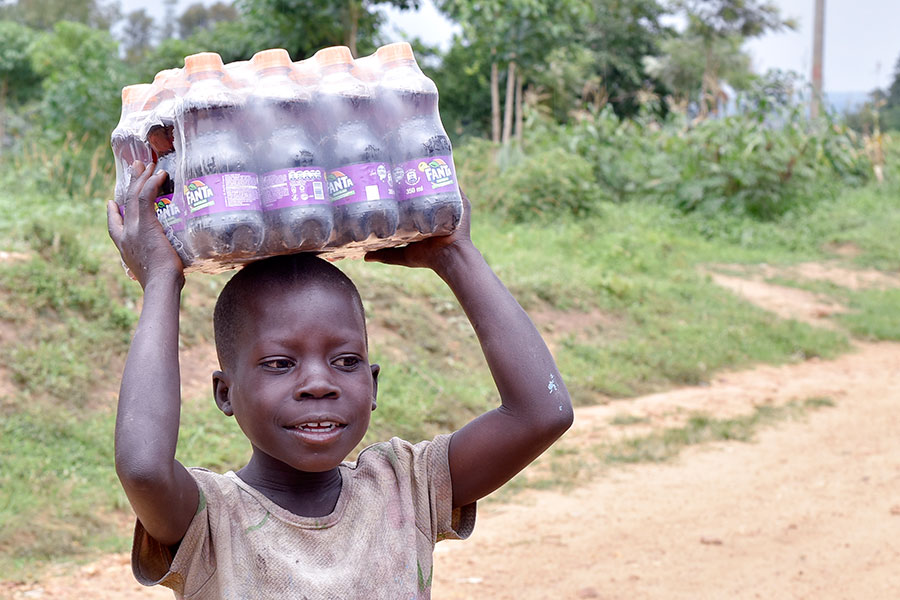
Terego District covers an area of 1,102 square kilometers (425 sq mi) and recorded a population of 199,303 in the 2014 Ugandan census. Terego District also hosts an estimated 168,000 refugees, mostly from South Sudan, in the Imvepi Refugee Settlement and the western zones of the Rhino Camp Refugee Settlement in the district.
Popular with tobacco fields across the roads, Terego district is contiguous with the former Terego County, which was part of the Arua District until 2006. That year, Maracha and Terego Counties were separated from Arua District to form Maracha–Terego District. After nearly five years of disagreement on where the headquarters of the new district should be located, Terego County opted to return to Arua District, leaving Maracha County to form Maracha District on its own. In May 2020, Parliament approved the creation of Terego District, which went into effect on 1 July 2020.

